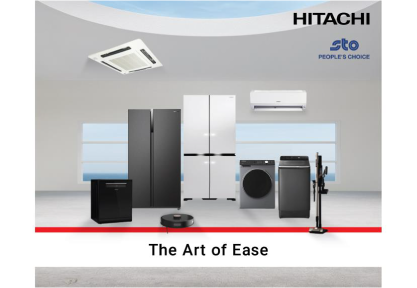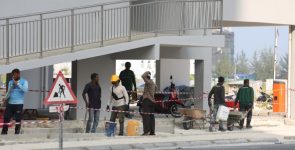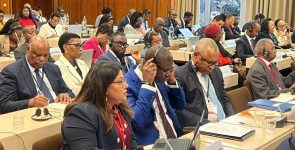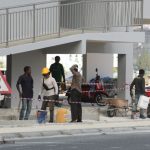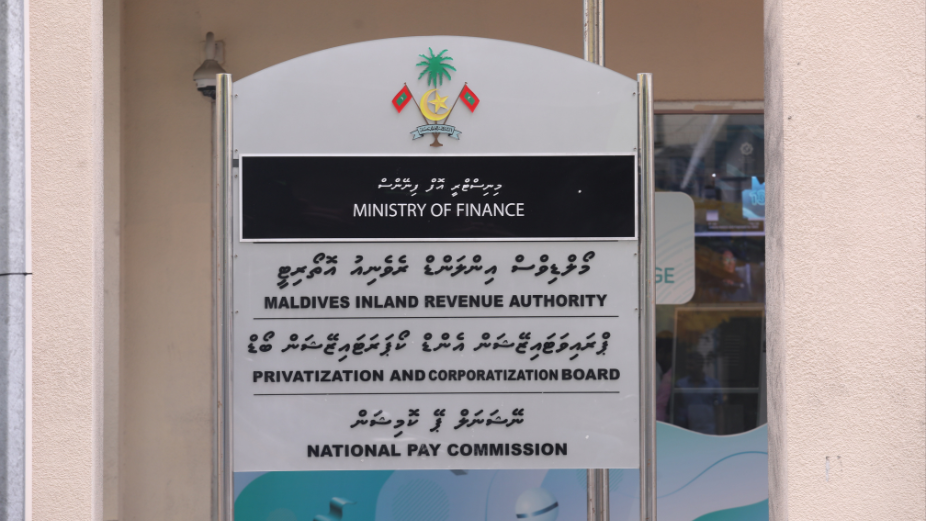
The latest quarterly report from the Privatisation and Corporatisation Board (PCB) provides an overview of the financial and operational performance of state-owned enterprises (SOEs) in the Maldives. The report analyses key indicators such as revenue, profitability, liquidity, and government contributions to assess the efficiency of SOEs whose quarterly financial statements were received before publication.
Financial Overview
The SOE sector collectively holds MVR 190 billion in assets and employs over 36,700 individuals. In the second quarter of 2024, SOEs generated a total revenue of MVR 12 billion, with a combined net profit of MVR 1 billion. The report provides a breakdown of revenue, gross profit, and net profit across companies, while also evaluating liquidity levels through current and quick ratios. Debt-to-equity and debt-to-assets ratios were assessed to determine the leverage of SOEs.
Government contributions to SOEs increased significantly during the quarter, with grants rising by 42%, subsidies by 16%, and capital injections by 52%, resulting in an overall increase of 24% in government support.
Key Trends and Company Performance
The report highlights disparities in the financial performance of different SOEs:
- Housing Development Corporation (HDC) saw substantial growth, with a 181% increase in revenue and 615% rise in net profit.
- Maldives Transport and Contracting Company (MTCC) recorded a 32% decrease in revenue, along with a steep decline in gross profit (-218%) and net profit (-231%).
- Waste Management Corporation (WAMCO) reported a 36% increase in revenue and 23% rise in gross profit, but net profit saw a notable drop.
- State Electric Company (STELCO) saw a 23% revenue increase and 31% growth in gross profit, although net profit declined by 30%.
- Bank of Maldives (BML) reported a 7% increase in revenue, though gross profit declined by 100%.
- Addu International Airport (AIA) experienced a 43% drop in revenue, yet saw a 120% increase in gross profit.
The report further notes that only 16 out of 30 SOEs are financially self-sufficient, while the remaining 14 depend on government funding. It also highlights liquidity concerns, with some companies—such as IAS, MTCC, MWSC, RDC, and STO—facing challenges in covering short-term liabilities due to low cash reserves.
Staffing and Labour Costs
SOEs collectively employ over 36,700 people, with staffing costs varying across enterprises. The report includes a breakdown of staff costs as a percentage of revenue for various SOEs, with some companies, such as AIA (166%) and MMPRC (36%), having notably high labour expenses relative to revenue.
While most SOEs provided workforce details, Dhiraagu, MITDC, and RACL did not disclose staffing data. The report categorises employees into senior management, management, and general staff to provide insights into workforce distribution.
Government Oversight and Report Compilation
The report, compiled by the PCB’s Monitoring and Evaluation team, aims to provide stakeholders with an in-depth understanding of SOE performance to support informed decision-making. Before publication, individual SOEs were given the opportunity to review and provide feedback on their reports. The PCB, however, notes that it cannot be held responsible for how the report is used beyond its intended context.
In addition to financial performance assessments, the report includes an overview of financial formulas, ratio explanations, and definitions of key terms. These insights are intended to enhance transparency and accountability in the management of state-owned enterprises.
The full report is available on the PCB website, offering a detailed look at the financial standing of SOEs and the impact of government contributions on their operations.


